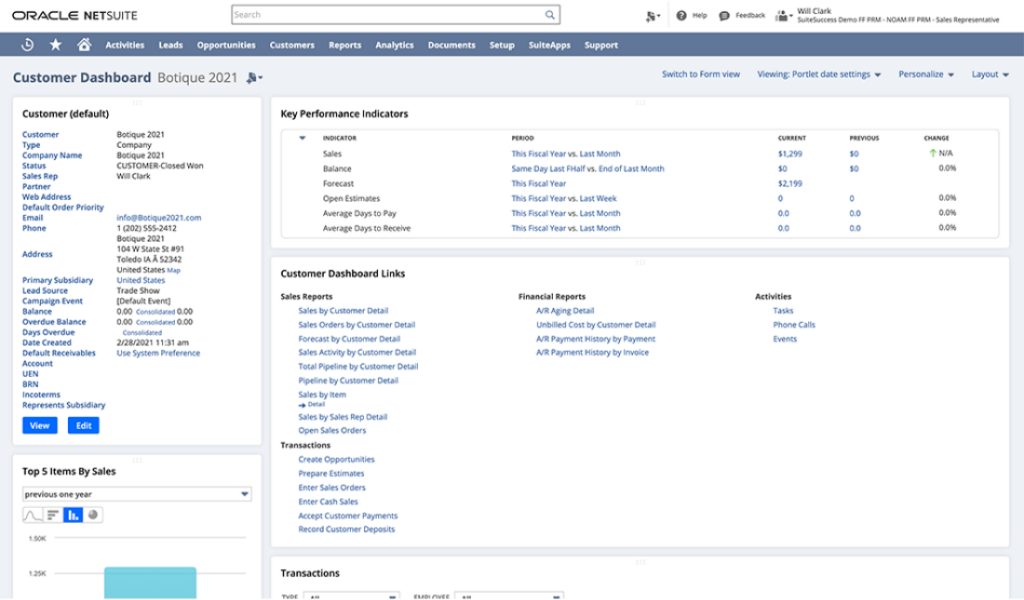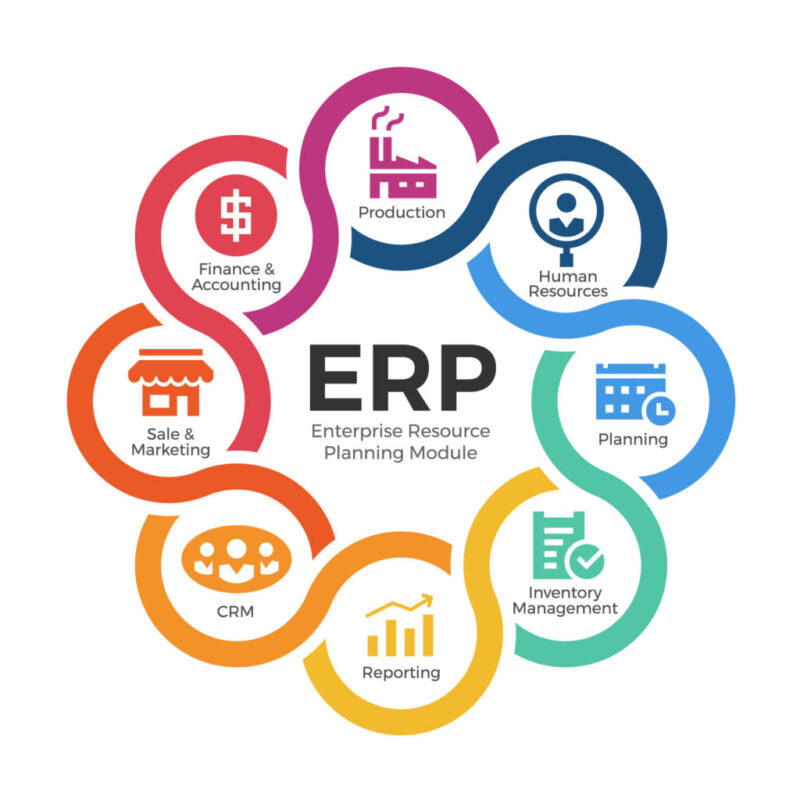NetSuite is the gold standard when it comes to Enterprise Resource Planning (ERP), and for obvious reasons: it’s one of the oldest and most well-respected software out there, continually updating to leverage new technologies and changes in the business environment.
While many other companies are still learning how to safely leverage cloud-based computing, NetSuite has been an industry leader in this resource, helping small businesses stay agile by reducing their investment in IT infrastructure. Its staying power in the constantly shifting business software market is proof of its excellent versatility, and the reason why it is trusted by over 36,000 companies in 217 territories. Furthermore, its holdings and applications continue to expand, such as the pre-built Business Intelligence reports recently released by Satori Reporting for NetSuite users.
However, implementing any new software can be daunting, especially one with so many functionalities. Here, we’ll discuss exactly how you can get the most out of your subscription to one of the world’s most powerful business planning applications.
Page Contents
Decide Ahead of Time What Services You’ll Need

NetSuite has an enormous suite of services, some of which may not be vital for your own needs. As such, it’s critical that you take a look at everything they offer and make a list of what you may find useful. They offer tools for financial management, order, and inventory management, customer relation management (CRM), ecommerce, project management, analytics, and reporting; while most companies need almost all of these, your particular circumstances may vary.
If you already have great tools for some of these functions, don’t feel the need to start over from scratch: NetSuite provides seamless integration with many third-party software, so you can pare down what you might require from NetSuite itself and consider how to make a harmonious blend of services.
Partner With a Trusted Supplier
You don’t need to work everything out by yourself: there are numerous providers, like GSI, that will assess your situation and guide you through the process, including determining exactly what you’ll need and how to roll them out in a way that will not disrupt business operations.
Without a trusted provider helping you every step of the way, implementation may be chaotic, with employees confused as to how to transfer data from existing programs over and which functionalities they need to use for their daily tasks. By working with an experienced NetSuite company, you’ll be able to easily transition your company over to this new, powerful program with minimal hassle.
Train the Trainers
You need to have a full and comprehensive understanding of NetSuite before you roll out to your employees; otherwise, you won’t be able to answer their questions or troubleshoot. You should work with your provider to learn more about NetSuite, as well as avail yourself of NetSuite’s many tools to educate yourself ahead of time. You can then disseminate these to your employees when the time is right, directing higher-level questions to either your provider or NetSuite’s support staff.
Develop a Rigorous Deadline

Break every component of the implementation process down into its basest elements, then decide what needs to be done first to satisfy all stakeholders, including customers, vendors, and employees. While all the functionalities are useful, some may be best rolled out toward the end of the process, such as a new customer relations tool.
When considering what to start with first, think about a top-down structure, working first with those things that executives and management will need, then moving down through management levels and finally to employees. This will give you plenty of time to get familiar with all the intricacies of NetSuite before teaching lower-level employees about how to use it, and it will also let you identify problems in the process that can be smoothed out for the next steps of the implementation.
If you’re not sure where to start, your provider can be a very helpful resource, as they will have experience with previous implementations and can advise you on what usually works best in terms of transitions.
Continually Reassess

NetSuite implementation can be quite a large project, especially if you’re an already established business that is moving a great deal of data over to the new software. It’s vital that you take time to review how things are working and tweak your process. Build time into your deadline for any hiccups that may arise, and develop a regular meeting schedule where you can discuss next steps.
The assessment doesn’t stop when everything’s rolled out, either. You should take time each quarter to see how well your solutions are working, as well as take a look at any new products NetSuite may have implemented that might also assist you in your daily tasks. Given that NetSuite is a subscription-based service, you might find that you’re not using one particular tool as much as you expected to and would like to pare down your expenses in that field without sacrificing functionality in other areas of your business plan.
NetSuite is one of the most powerful Enterprise Resource Planning tools out there, and it can do wonders for your business when implemented. However, it’s essential that you take time to research your options, find a good provider, learn more about the product, and develop a well-paced, thoughtful implementation schedule that will minimize disruptions. Having a strong plan in place will let you leverage all the functionality of NetSuite with far less hassle than you could ever have imagined.






